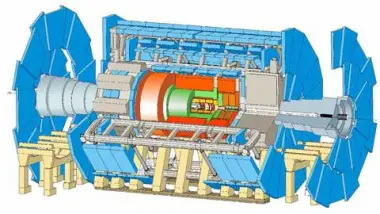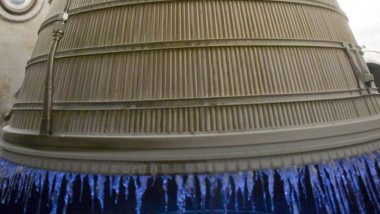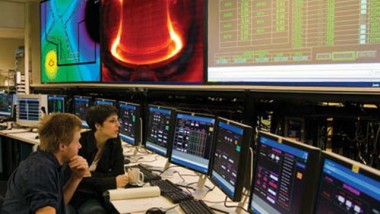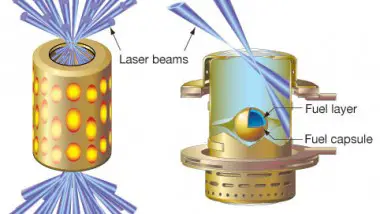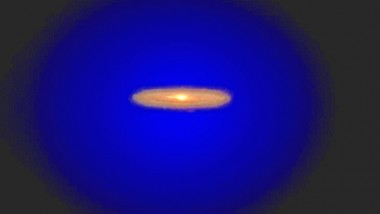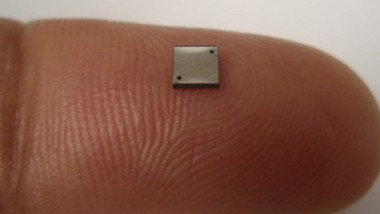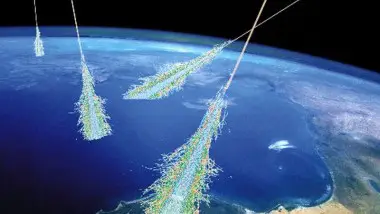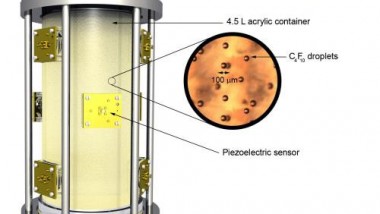CERN management has decided to slowly restart experiments at the Large Hadron Collider (LHC), working its way up to energies of 10TeV by the end of 2009 but holding off on the highest energy collisions of 14 TeV until at ...
CECE Engine Passes Third Round of Tests
Pratt & Whitney Rocketdyne, of West Palm Beach, Florida has successfully completed the third round of its Common Extensible Cryogenic Engine (CECE) testing for the National Aeronautics and Space Administration (NASA). CECE is a new deep throttling engine designed to ...
MIT Energy Efficient Fusion Power
Researchers at the Massachusetts Institute of Technology (MIT) are looking into using radio waves to control plasmas and possibly making energy efficient fusion reactors viable. Current fusion models rely on feeding plasmas through large magnets in controllable ways. One of ...
Russia Aims towards the Red Planet
Russia’s Federal Space Agency (Roscosmos) has announced its intentions to build a low-orbit space station, which, according to the agency, will support future exploration of the moon and Mars. The project proposal is already on its way to be reviewed ...
Titanium-Based Metallic-Glass
Scientists from the California Institute of Technology (Caltech) have developed new kind of alloys – lighter and less expensive than any the group had previously created. The novel range of structural metallic-glass composites is based in titanium and according to ...
Mimicking the Big Bang
Scientists at the National Ignition Facility at Lawrence Livermore National Laboratory plan to model the center of a planet or star using laser-driven inertia confinement fusion techniques. These techniques use convergent beams of laser light to ignite small fusion explosions. ...
Dark Matter Structures in the Milky Way Resolved
Cosmologists from the US and Switzerland were able to resolve dark matter structures in the Milky Way. Using a computer simulation, the team was able to detect dark matter sub-halos and streams contained within the dark matter halo engulfing our ...
World’s Smallest Fuel Cell
Chemical engineers from the University of Illinois at Urbane-Champaign have developed the world’s smallest fuel cell, measuring only about 3x3x1 mm. In comparison with conventional batteries, fuel cells are able to store much more energy in a given space and ...
Cosmic Rays from Nowhere
A mysterious object close to our solar system was detected by an international team of researchers who made the discovery after exploring an unusual surplus of high-energy electrons bombarding the Earth from outer space. While there is nothing unusual in ...
A Step Towards the Detection of WIMPs
A Canadian, American, and Czech team of astronomers has achieved a higher separation of WIMP interactions from other interactions in a dark matter detector that previously achieved. This resulted during calibration runs of new modules used in the PICASSO project ...

